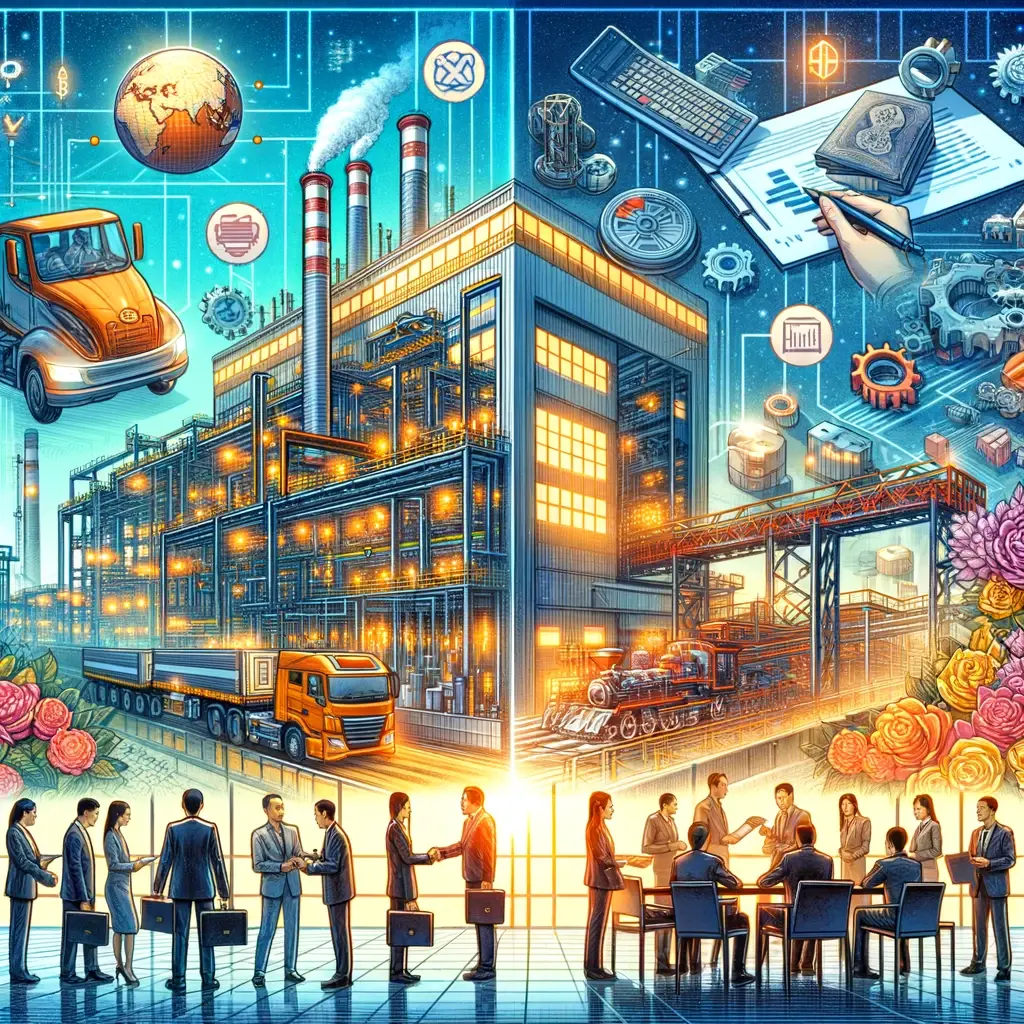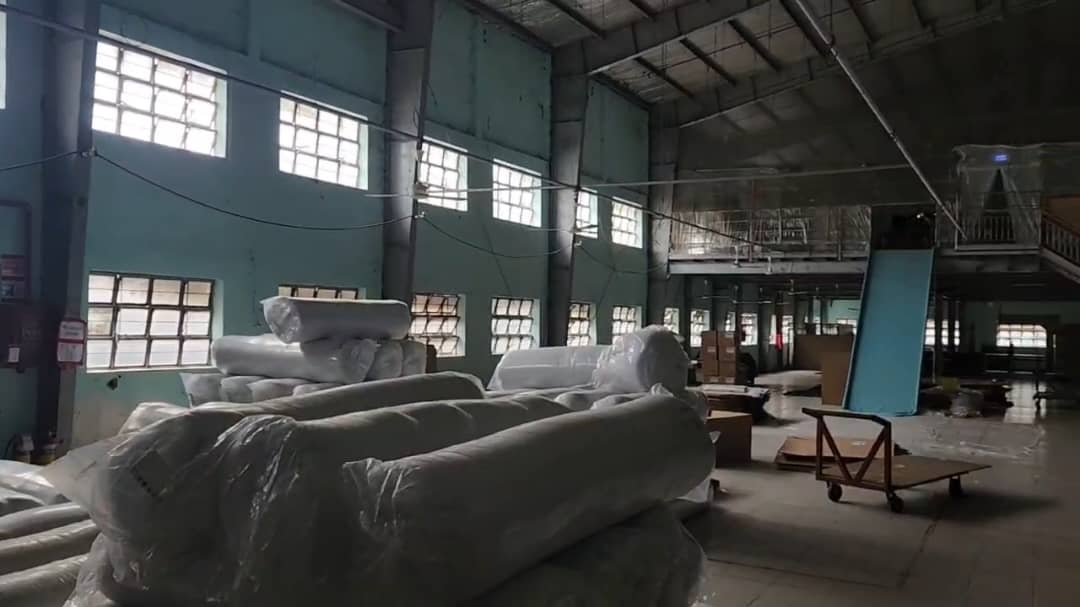Introduction: The Changing Landscape of Manufacturing in China
China has long been the global leader in manufacturing, offering unparalleled efficiency, scale, and expertise. However, the landscape is rapidly changing. Rising costs, stricter regulations, and increasing geopolitical tensions are making China a less attractive option for manufacturing. Now, more than ever, it’s crucial for businesses to consider relocating their manufacturing operations to other Asian countries. At Asia Agent Pte Ltd, we specialize in helping businesses make this transition smoothly and successfully.
The Rising Costs of Manufacturing in China
Over the past decade, China’s economic growth has led to higher wages and increased operational costs. What was once the world’s cheapest manufacturing hub is now becoming more expensive. Business owners, factory managers, suppliers, and even designers in China are demanding higher earnings, which translates into higher costs for manufacturers.
-
Labor Costs: According to the National Bureau of Statistics of China, the average annual wage of manufacturing workers in urban areas has increased from approximately $5,000 in 2010 to over $11,000 in 2020. This significant rise in wages makes it increasingly difficult for companies to maintain low production costs.
-
Operational Costs: The World Bank reports that China’s overall cost of doing business has risen due to increased costs in utilities, logistics, and compliance with regulatory standards.
Regulatory Challenges and Compliance Costs
China’s regulatory environment is becoming increasingly complex and stringent. Compliance with environmental regulations, labor laws, and safety standards can be both time-consuming and costly. These regulations are essential for sustainable development, but they also add to the operational burden for manufacturers.
-
Environmental Regulations: China’s Ministry of Ecology and Environment has enforced stricter environmental policies, requiring factories to invest in pollution control technologies. According to a report by Greenpeace East Asia, compliance with these regulations can increase operational costs by up to 20%.
-
Labor Laws: New labor laws aimed at improving worker rights and conditions also contribute to increased costs. The International Labour Organization notes that compliance with these laws often requires additional investments in safety equipment and training.
Geopolitical Tensions and Trade Uncertainty
The geopolitical climate is another critical factor. Trade tensions between China and major economies like the United States and the European Union have resulted in tariffs, trade barriers, and uncertainty. This uncertainty can disrupt supply chains, increase costs, and impact market access.
-
Trade War Impact: The US-China trade war, which began in 2018, has led to tariffs on over $360 billion worth of goods. According to the Peterson Institute for International Economics, these tariffs have increased the cost of Chinese goods by an average of 19%.
-
Non-Tariff Barriers: Beyond tariffs, there are increasing non-tariff barriers such as stricter import regulations and safety standards that make exporting from China more complex and costly. These non-tariff measures can affect the speed and cost efficiency of getting products to market.
The Advantages of Relocating to Other Asian Countries
Moving your manufacturing operations to other Asian countries can offer numerous benefits:
-
Cost Savings:
- Labor Costs: Countries like Vietnam, India, Bangladesh, and Indonesia offer significantly lower wages compared to China. For example, the average monthly wage in Vietnam is approximately $250, compared to $650 in China.
- Tariffs and Trade Barriers: Relocating to countries with more favorable trade agreements can reduce the impact of tariffs and non-tariff barriers. For instance, Vietnam benefits from several free trade agreements (FTAs), such as the Comprehensive and Progressive Agreement for Trans-Pacific Partnership (CPTPP), which can lower export costs.
-
Favorable Regulations:
- Ease of Doing Business: The World Bank’s Ease of Doing Business Report ranks several Southeast Asian countries higher than China in terms of regulatory ease. Vietnam and Indonesia, for instance, have been making concerted efforts to simplify business regulations and attract foreign investment.
-
Strategic Diversification:
- Risk Mitigation: Diversifying your manufacturing locations can reduce risks associated with geopolitical tensions and supply chain disruptions. By spreading operations across multiple countries, businesses can better manage potential disruptions.
-
Access to New Markets:
- Regional Opportunities: Establishing a presence in different Asian countries can provide better access to local markets and reduce dependency on exports. Southeast Asia, with its growing middle class and consumer base, presents lucrative market opportunities.
How Asia Agent Pte Ltd Can Help
At Asia Agent Pte Ltd, we understand the unique challenges and risks associated with relocating manufacturing operations. Here’s how we address these challenges and help you transition smoothly:
-
Finding the Right Hub:
- Challenge: Identifying the best location for your manufacturing needs can be daunting, given the varied landscapes across Asia.
- Solution: We conduct detailed research and analysis to pinpoint the optimal hubs that align with your cost, quality, and efficiency requirements. Our expertise ensures you select a location that maximizes your strategic advantage.
-
Ensuring Supplier Reliability:
- Challenge: Vetting suppliers for quality and reliability is critical but can be challenging without local insights.
- Solution: Our rigorous supplier vetting process includes deep-dive checks and genuine site visits, ensuring that potential suppliers meet your standards for quality, capacity, and ethical practices. We connect you with trustworthy suppliers who can meet your production demands.
-
Navigating Local Regulations:
- Challenge: Understanding and complying with local regulations is essential to avoid legal complications and ensure smooth operations.
- Solution: Our team’s in-depth knowledge of local laws and regulations helps you navigate the complexities, ensuring compliance and protecting your business interests. We handle the legal intricacies so you can focus on your core operations.
-
Optimizing Costs and Negotiations:
- Challenge: Securing favorable terms and managing costs effectively can be difficult without local negotiation skills.
- Solution: Leveraging our understanding of local cultures and market conditions, we negotiate deals that benefit you, including optimized payment terms and custom-tailored contracts. Our expertise ensures you get the best value for your investments.
-
Maintaining Quality and Efficiency:
- Challenge: Ensuring consistent product quality and operational efficiency is crucial when relocating manufacturing.
- Solution: We provide continuous support through quality assurance processes, regular inspections, and proactive risk mapping. Our hands-on approach helps maintain high standards and minimizes disruptions in your supply chain.
-
Providing Ongoing Support:
- Challenge: Managing ongoing operations and scaling up in a new location requires consistent support and local presence.
- Solution: Our comprehensive support packages offer dedicated or shared staff, office setup, and management services tailored to your needs. Whether you require entry-level guidance or full-time operational support, we ensure your business runs smoothly and efficiently.
Case Study: Successful Transition from China to Vietnam
Consider a company that was facing rising costs and regulatory challenges in China. With the help of Asia Agent Pte Ltd, they relocated their manufacturing operations to Vietnam. The transition resulted in a 30% reduction in production costs, improved compliance with local regulations, and access to new markets in Southeast Asia. This strategic move not only enhanced their profitability but also positioned them better for future growth.
Conclusion: Act Now Before It’s Too Late
The manufacturing landscape in China is changing, and businesses that fail to adapt risk falling behind. Moving your manufacturing operations to other Asian countries can provide significant benefits, from cost savings to improved regulatory compliance and market access. At Asia Agent Pte Ltd, we are committed to helping you navigate this transition smoothly and successfully. Don’t wait until it’s too late—take action now to secure your competitive edge and ensure the future success of your business.
Sources:
-
National Bureau of Statistics of China: http://www.stats.gov.cn/english/
-
The World Bank: https://www.worldbank.org/
-
Greenpeace East Asia: https://www.greenpeace.org/eastasia/
-
International Labour Organization (ILO): https://www.ilo.org/
-
Peterson Institute for International Economics: https://www.piie.com/
-
Various Trade and Economic Reports: This includes data from multiple sources such as trade journals, industry reports, and government publications that provide insights into trade barriers and economic impacts.
-
Vietnam General Statistics Office: https://www.gso.gov.vn/
-
World Bank’s Ease of Doing Business Report: https://www.doingbusiness.org/




